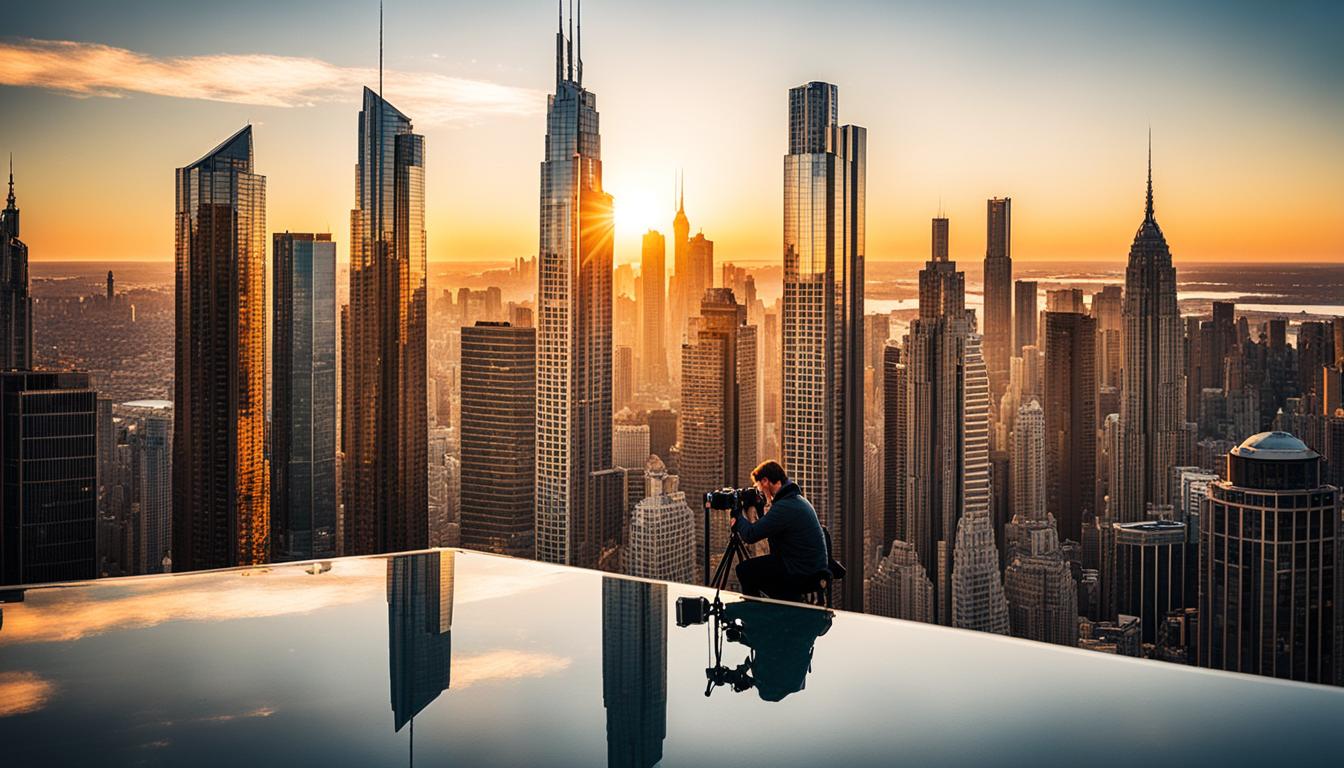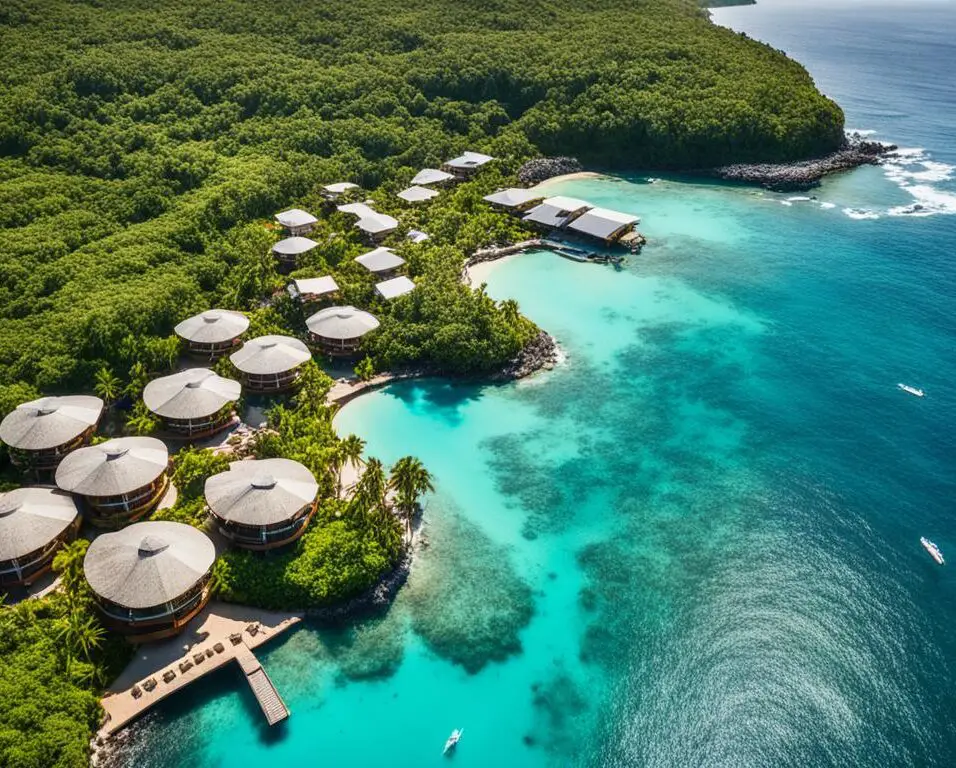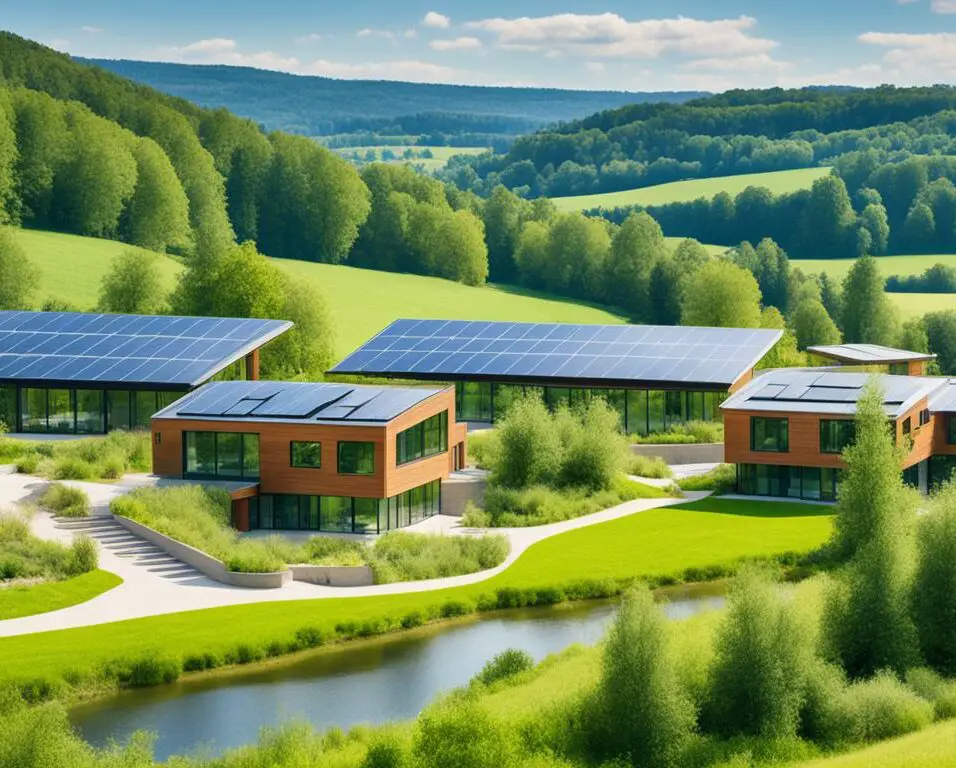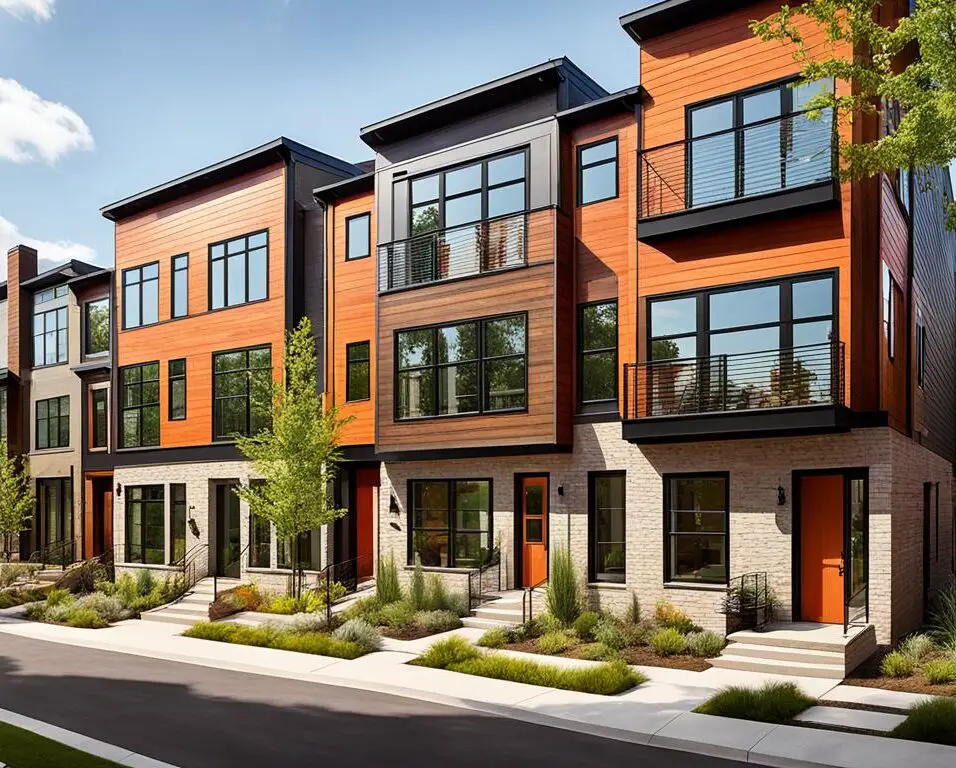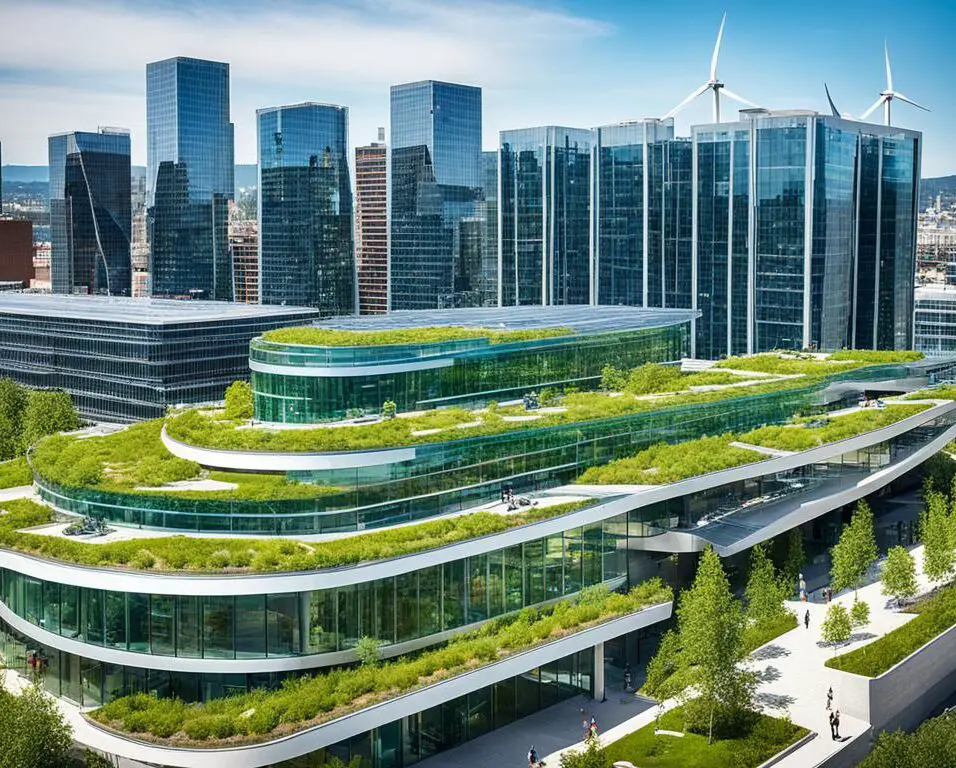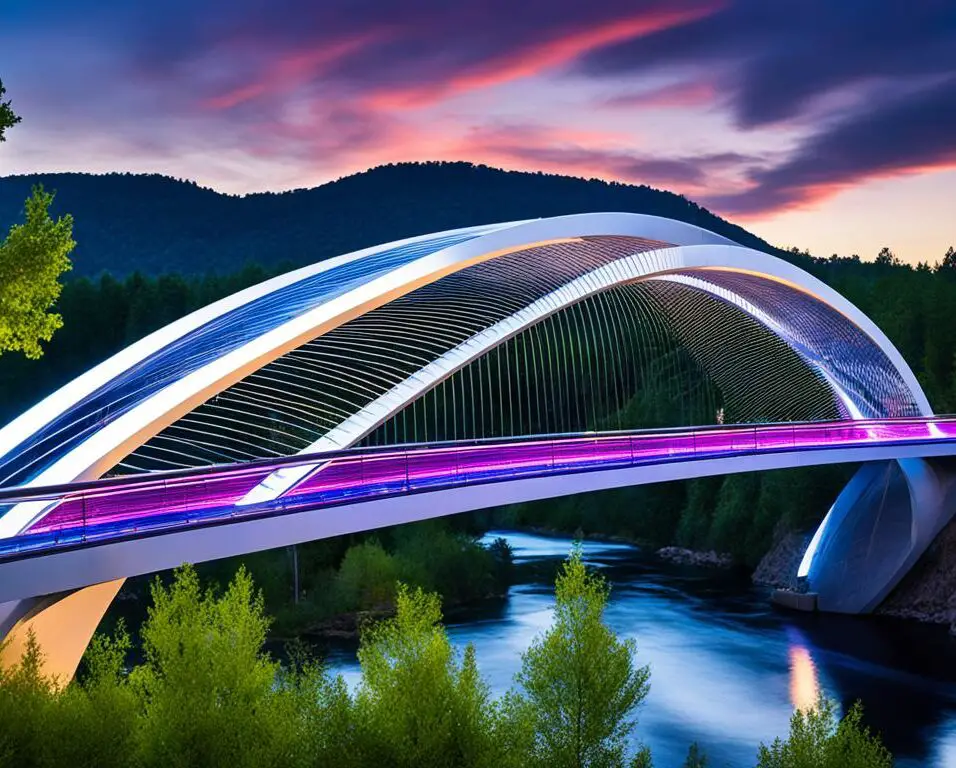Essential Architectural Photography Tips for Stunning Shots
Architectural photography is a captivating art form that allows us to appreciate the beauty and intricacies of buildings. Whether it’s capturing the grandeur of towering skyscrapers or the elegant details of historical landmarks, architectural photography requires a unique set of skills and techniques. To help you elevate your craft and capture stunning shots, I have compiled 31 essential tips derived from expert advice and industry knowledge.
From composition and lighting to equipment recommendations and post-processing techniques, these tips will equip you with the knowledge and tools needed to create visually striking architectural photographs. So grab your camera, and let’s dive into the world of architectural photography!
Key Takeaways:
- Composition and lighting are crucial for impactful architectural photographs. Pay attention to symmetry, leading lines, and angles to create visually interesting compositions.
- Invest in the right equipment, such as a sturdy tripod, wide-angle lens, and neutral density filters, to capture high-quality architectural shots.
- Post-processing plays a vital role in fine-tuning and enhancing your images. Adjust exposure, correct perspective distortion, and enhance colors to achieve the desired look.
- Experiment with different perspectives and angles to add depth and interest to your architectural photographs.
- Focus on capturing the unique architectural details and character of each building to create stunning shots that stand out.
Equipment and Gear for Architectural Photography
Having the right equipment is crucial for capturing high-quality architectural photographs. Whether you’re a professional or an enthusiast, investing in the proper gear can significantly enhance your results. Below, I have compiled a list of essential equipment recommendations based on the expertise of seasoned architectural photographers.
1. Sturdy Tripod
A sturdy tripod is a must-have for architectural photography. It provides stability and helps eliminate camera shake, resulting in sharper images. When choosing a tripod, opt for one that is robust, lightweight, and easy to maneuver.
2. Wide-angle Lens
Capturing the expansive nature of architectural structures requires a wide-angle lens. This lens allows you to include more of the building in your frame, showcasing its grandeur and intricate details. Look for a lens with a focal length of 16mm to 35mm for optimal results.
3. Tilt-Shift Lens
Perspective distortion can often occur when photographing tall buildings or architectural elements. A tilt-shift lens helps correct this distortion, ensuring that the lines are straight and the proportions are accurate. It gives your images a more natural and professional look.
4. Remote Shutter Release
To minimize camera shake and capture the sharpest images possible, consider using a remote shutter release. This device allows you to trigger the camera without physically touching it, reducing the risk of introducing blurriness caused by shaking the camera during the exposure.
5. Neutral Density Filters
Neutral density (ND) filters are essential in balancing exposure, especially in bright light conditions. They minimize the amount of light entering the camera, allowing for longer exposure times without overexposing the image. ND filters are particularly useful when photographing architectural structures against a bright sky.

Investing in these essential pieces of gear will certainly enhance your architectural photography and allow you to capture stunning shots. Having a sturdy tripod, wide-angle lens, tilt-shift lens, remote shutter release, and neutral density filters in your kit will set you up for success in this specialized genre.
Composition and Lighting Techniques for Architectural Photography
Composition and lighting are crucial elements in creating captivating and visually stunning architectural photographs. In this section, we will explore some expert tips and techniques to enhance your composition skills and leverage lighting to capture the essence of architectural beauty.
1. Symmetry and Balance
Pay careful attention to symmetry and balance within your frame. Symmetrical compositions showcase architectural harmony, while a well-balanced image creates a sense of visual stability. Experiment with positioning and framing to achieve these aesthetic elements.
2. Utilize Leading Lines
Leading lines act as visual guides that draw the viewer’s eye into the image and create a sense of depth. Incorporate elements like walkways, staircases, or architectural features that naturally guide the viewer’s gaze and add visual interest to your composition.
3. Experiment with Angles and Perspectives
Explore different angles and perspectives to add uniqueness to your compositions. Whether it’s capturing a building from a low angle to emphasize its grandeur or using a bird’s-eye view to emphasize the surrounding landscape, experimenting with perspectives can breathe life into the architectural subjects.
4. Harness Natural Light
Natural light can bring out the beauty of architectural details and textures. Take advantage of the golden hours, early morning or late afternoon, when the light is soft and warm. Position yourself to capture the interplay between light and shadow, creating depth and dimension in your images.
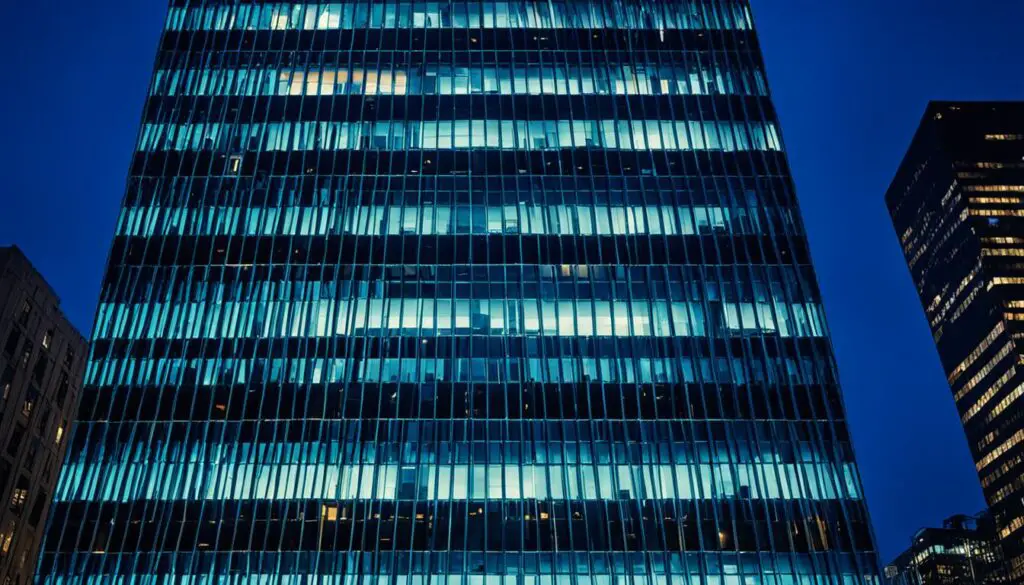
5. Consider Artificial Lighting
While natural light is often ideal for architectural photography, adding artificial lighting can create dramatic effects and highlight specific elements. Experiment with external flash or strategically placed continuous lighting sources to emphasize architectural details and create a captivating ambiance.
By incorporating these composition and lighting techniques into your architectural photography, you can elevate your images to new heights. Let your creativity flourish as you capture the beauty and essence of architectural structures through your lens.
Post-Processing and Editing for Architectural Photography
Post-processing is an indispensable step in the world of architectural photography. It allows photographers to refine and enhance their captured images, bringing out the true potential of each shot. Whether it’s adjusting the exposure and contrast, removing imperfections, or enhancing colors and details, editing techniques play a vital role in creating stunning architectural photographs.
Firstly, adjusting the exposure and contrast can greatly impact the overall mood and atmosphere of an architectural image. By carefully fine-tuning these parameters, photographers can achieve the desired look, from bright and vibrant to moody and dramatic.
Secondly, removing any distracting elements or imperfections is crucial to ensure the focus remains on the architectural subject. Unwanted objects or blemishes can detract from the overall visual impact, so it’s important to meticulously clean up the image to achieve a polished and professional result.
Moreover, enhancing the colors and details can make architectural photographs truly come to life. By selectively intensifying hues and improving clarity, photographers can make architectural elements pop and create images that are visually captivating.
Lastly, correcting perspective distortion and straightening lines are common tasks in architectural photography post-processing. These adjustments ensure that buildings and structures appear true to life, without any unnatural or skewed perspectives. Additionally, applying sharpening and noise reduction techniques adds the final touch, resulting in a crisp and flawless image.



